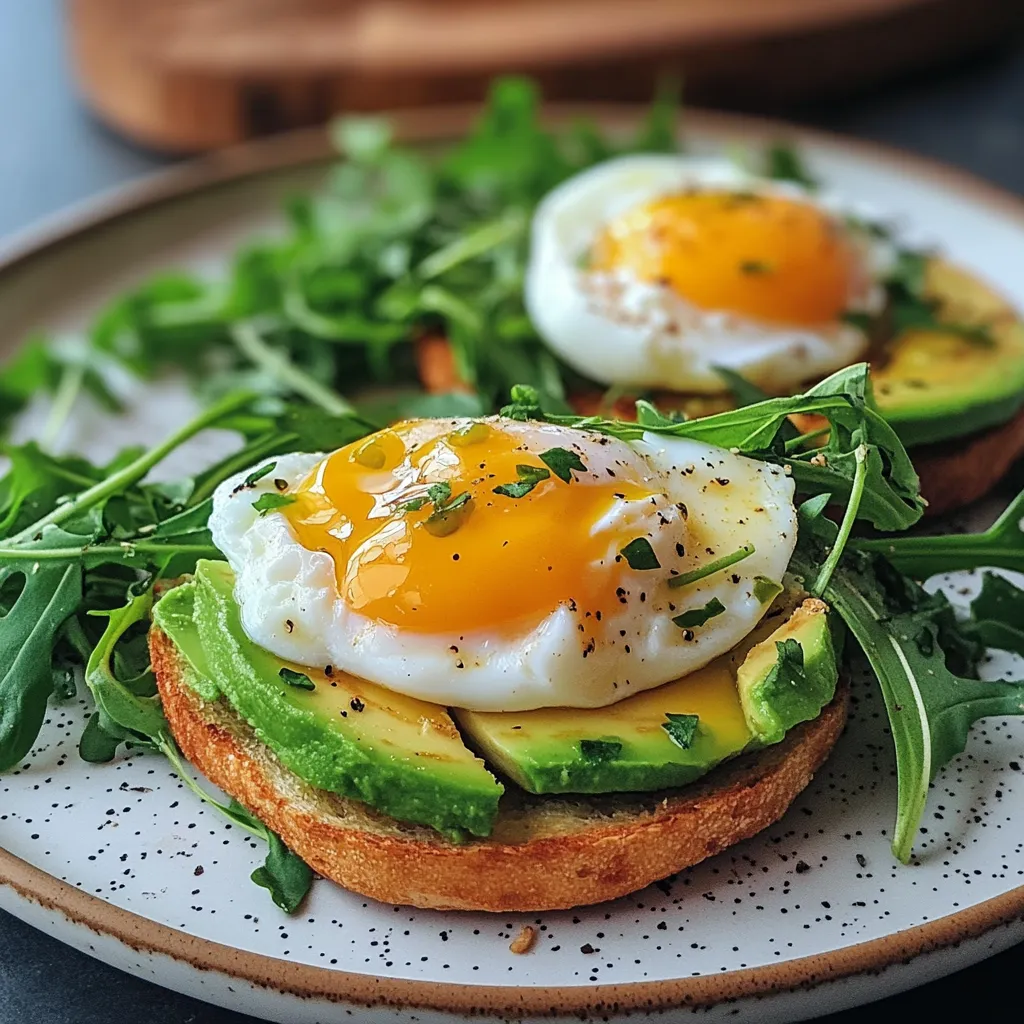Looking to enjoy burgers, sandwiches, or breakfast rolls while staying on a low-carb diet? . This article takes a deep dive into what makes keto buns a game-changer for anyone following a ketogenic lifestyle. We’ll explore how they’re made, why they’re healthier than traditional buns, and which ingredients provide that perfect texture and flavor while keeping carbs low. You’ll also discover where to buy them, how to make your own at home, and answers to common questions like “Are keto buns actually healthy?” or “What’s the difference between keto and regular buns?”
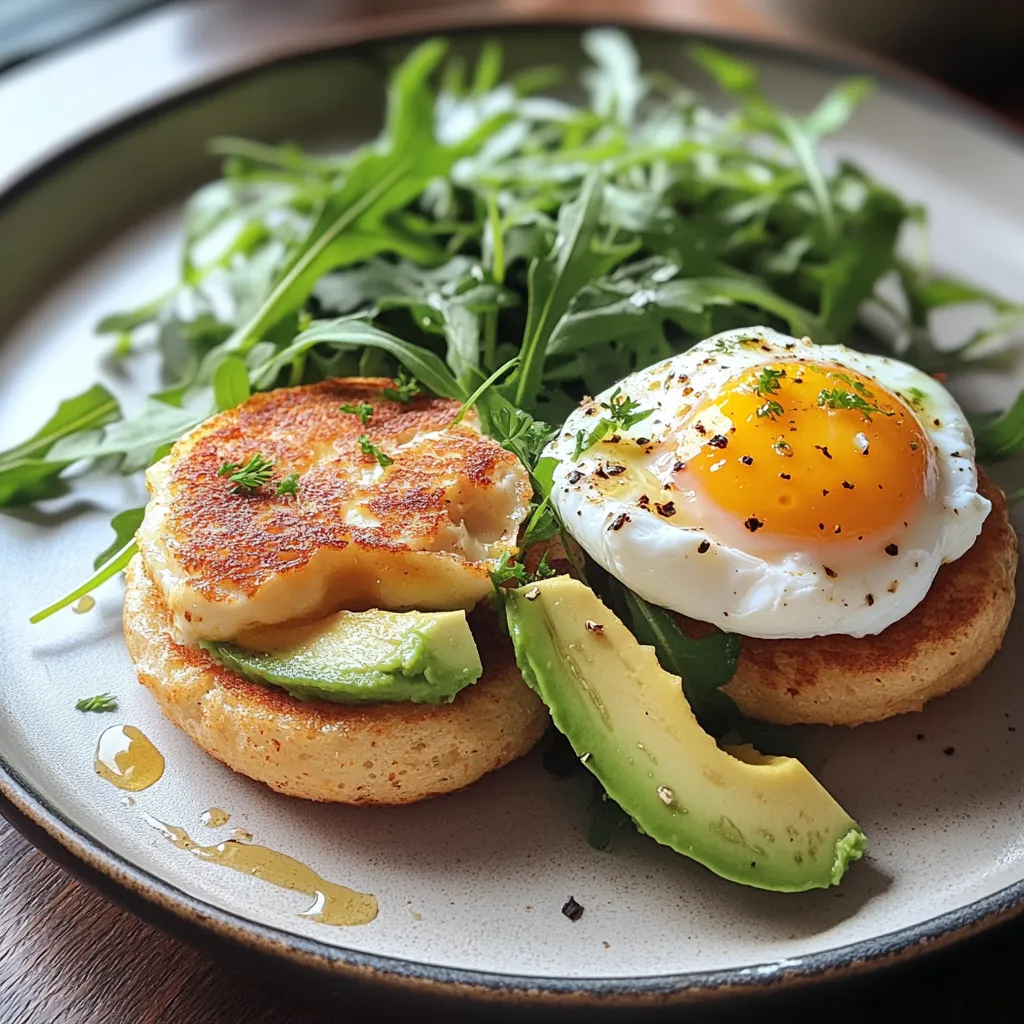
We’ll also uncover tips from keto experts, explore real-user experiences, and suggest creative recipes you can try with your favorite keto-friendly fillings. Plus, you’ll get access to helpful resources across our website like Discover great ideas like these cottage cheese bagels with almond flour: Cottage Cheese Bagels with Almond Flour, which are perfect low-carb bread substitutes.
Let’s start this flavor-packed journey with the essentials.
What Are Keto Buns?
Understanding the Basics of Keto Buns
low-carb bread alternatives designed to align with ketogenic dietary principles. Unlike regular buns that are loaded with refined flour and sugar, typically rely on almond flour, coconut flour, psyllium husk, eggs, and cheese for structure. These ingredients provide the familiar bun-like texture while drastically reducing the net carb count.
While traditional buns can have upwards of 25–30g of carbs per serving, keto buns often contain as little as 2–5g of net carbs, making them suitable for those staying under a daily carb limit of 20–50g.
These low-carb buns aren’t just about the macros. They also deliver essential fats and proteins, keeping you fuller longer and reducing blood sugar spikes. They can be baked at home or bought from stores in a variety of flavors, from plain and sesame to cheese-topped and herbed.
Table of Contents
Key Ingredients That Make Keto Buns Low-Carb
The magic behind keto buns lies in smart ingredient swaps. Here’s a breakdown of the most popular components found in many keto bun recipes:
- Almond Flour: Rich in healthy fats, fiber, and protein, almond flour gives keto buns a moist texture while keeping carbs low.
- Coconut Flour: Highly absorbent and naturally low in carbs, coconut flour provides structure when used with enough moisture.
- Psyllium Husk Powder: A powerhouse fiber that acts as a binder, giving buns a chewy, bread-like consistency.
- Eggs: Provide lift and help bind the ingredients together.
- Baking Powder: Adds rise and fluffiness to the texture.
- Apple Cider Vinegar or Lemon Juice: These acidic ingredients help activate the leavening agents for lighter buns.
- Cheese (like mozzarella or cream cheese): Adds flavor, fat, and pliability, especially in fathead dough recipes.
Each of these ingredients supports ketosis while mimicking the mouthfeel of traditional bread. They also cater to gluten-free and paleo diets.
Looking for inspiration? Try these high-protein recipes using similar ingredients: Cottage Cheese Bagels.
Keto buns are versatile enough to be baked into burger buns, sandwich rolls, mini sliders, and even breakfast muffins. That’s what makes them a must-have for anyone serious about their keto lifestyle.
Health Benefits of Keto Buns
Why Keto Buns Are Better for Blood Sugar and Energy Levels
One of the biggest advantages of keto buns is how they support stable blood sugar levels. Unlike regular buns that are packed with processed flour and sugars, keto buns contain little to no simple carbohydrates. That means they don’t cause rapid spikes in blood glucose, which is a major benefit for people managing diabetes or those aiming to avoid energy crashes.
Thanks to their high-fat and moderate-protein content, keto buns help you stay full longer. This satiety effect reduces cravings throughout the day and can make intermittent fasting or calorie control much easier. If you’ve ever experienced the post-lunch slump after a carb-heavy sandwich, switching to keto buns can completely change that. You’ll feel more alert, more energized, and more in control of your eating patterns.
Another key health benefit is how keto buns fit into metabolic health goals. For people aiming to burn fat rather than glucose for fuel, these buns allow you to stay in ketosis while still enjoying meals that feel complete. You no longer have to choose between your goals and your taste buds.
Print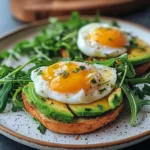
Keto Buns Healthy Low-Carb
- Total Time: 65 minutes
- Yield: 5–6 buns 1x
Description
These homemade keto buns are soft, fluffy, and low in carbs. Perfect for sandwiches, burgers, and breakfast rolls on any ketogenic meal plan.
Ingredients
1½ cups almond flour
5 tablespoons psyllium husk powder
2 teaspoons baking powder
1 teaspoon apple cider vinegar
3 egg whites
1 cup boiling water
Pinch of salt
Instructions
1. Preheat oven to 350°F and line a baking sheet with parchment paper.
2. Mix almond flour, psyllium husk, baking powder, and salt in a bowl.
3. Add egg whites and vinegar, then stir.
4. Pour in boiling water gradually while mixing until dough thickens.
5. Shape into 5–6 buns and place on baking sheet.
6. Bake for 50–60 minutes until tops are golden and buns are firm.
7. Let cool completely before serving or slicing.
Notes
Store buns in an airtight container in the fridge for up to 5 days or freeze for longer storage. Use them for sandwiches, burgers, or toast. Net carbs: approx. 2g per bun.
- Prep Time: 10 minutes
- Cook Time: 55 minutes
- Category: Breads
- Method: Baking
- Cuisine: Keto
Nutrition
- Serving Size: 1 bun
- Calories: 190
- Sugar: 0g
- Sodium: 220mg
- Fat: 14g
- Saturated Fat: 2g
- Unsaturated Fat: 11g
- Trans Fat: 0g
- Carbohydrates: 5g
- Fiber: 3g
- Protein: 6g
- Cholesterol: 0mg
If you’re interested in other keto-friendly options that help with energy balance, don’t miss our guide on the Mounjaro Diet Plan for Weight Loss, which pairs perfectly with keto baked goods like buns or bagels.
Weight Loss Support with Keto Buns
Many people following a ketogenic lifestyle use keto buns as part of their strategy for long-term weight loss. Since these buns are low in net carbs and high in fats, they naturally help reduce overall hunger. That means you’re likely to consume fewer calories throughout the day without the feeling of restriction that often comes with dieting.
What makes keto buns especially effective is their ability to mimic the satisfaction of traditional bread without sabotaging your macros. This leads to more consistent adherence to the diet, which is a major factor in successful weight management. Rather than feeling deprived, people can enjoy burgers, breakfast sandwiches, and even mini pizzas made with keto buns.
For even better results, try pairing your keto buns with high-protein, high-fiber ingredients like avocado, eggs, smoked salmon, or grilled chicken. This keeps the meals balanced and digestion-friendly. Learn more about natural ingredients that work great in low-carb recipes like our Recipes for Himalayan Pink Salt.
It’s also worth noting that keto buns are typically gluten-free, which helps reduce bloating and inflammation in people with gluten sensitivities. The cleaner ingredient list found in most homemade or store-bought keto buns also avoids harmful additives and preservatives commonly found in commercial bread.
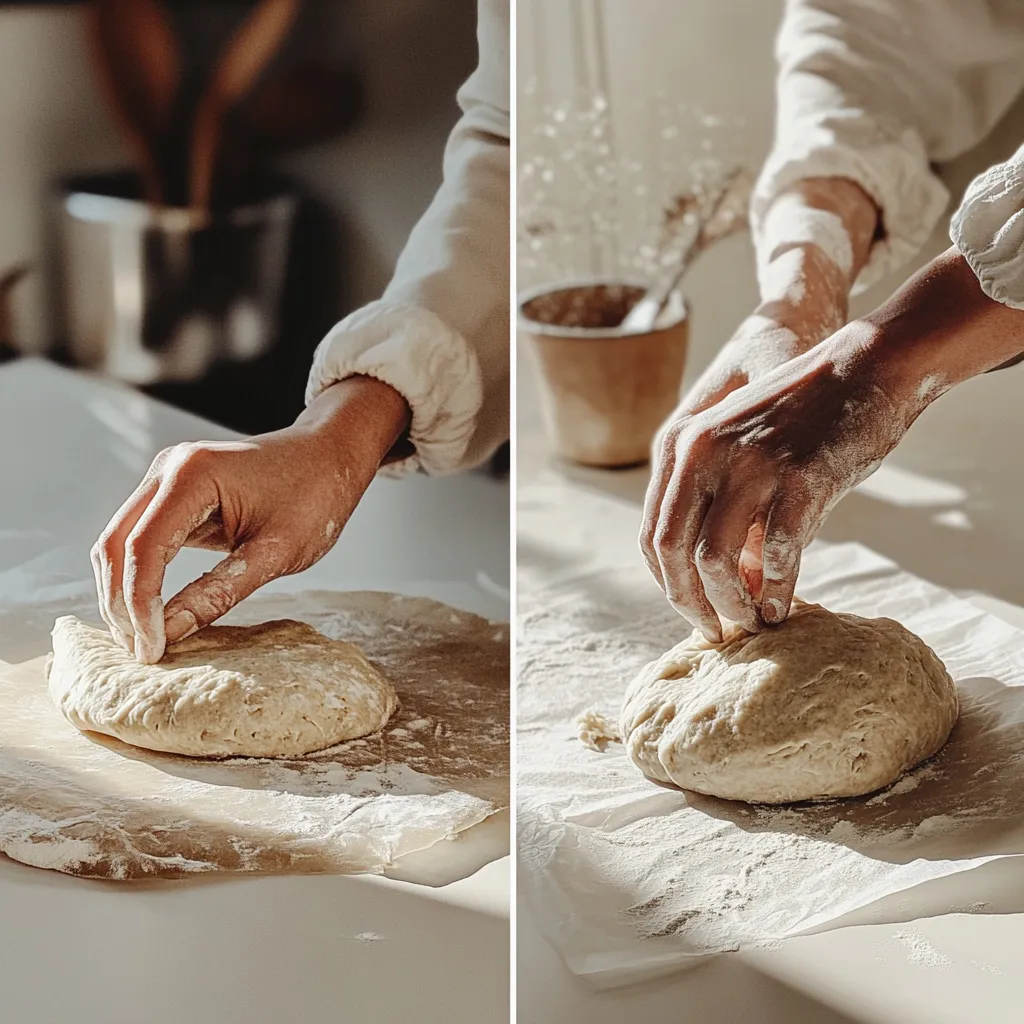
Whether you’re just starting keto or are a seasoned low-carb veteran, incorporating keto buns can make your journey more sustainable and enjoyable.
Keto Buns vs Regular Buns: What’s the Real Difference?
Carb Count and Nutrient Profile Comparison
The most obvious difference between keto buns and regular buns is the carbohydrate content. Traditional buns are made with white or whole wheat flour, both of which are high in carbohydrates and often include added sugars. A single regular hamburger bun can pack anywhere from 25 to 35 grams of net carbs, which is more than the total daily allowance on a strict keto diet.
On the other hand, keto buns typically contain just 2 to 5 grams of net carbs. That’s a massive difference for anyone trying to maintain ketosis. These buns rely on low-carb ingredients like almond flour, psyllium husk, and eggs, which also provide a boost in healthy fats, protein, and fiber.
Keto buns also offer a cleaner nutrient profile. While many regular buns include preservatives, artificial flavors, and high-fructose corn syrup, keto buns tend to have fewer ingredients and are more likely to be gluten-free. This makes them a better choice not just for carb-watchers but for people with sensitivities or those looking for more natural food options.
If you’re curious about low-carb recipes that align with clean eating, don’t miss our detailed guide on Salt Trick Ingredients – The Simple Nighttime Mix That’s Stirring Up Buzz, a popular addition to many keto routines.
Taste, Texture, and Satisfaction
While it’s easy to assume that healthy means bland, keto buns are surprisingly flavorful. Thanks to ingredients like almond flour and cheese, keto buns often have a richer, nuttier taste compared to the somewhat neutral profile of standard white buns. Some variations even include herbs, seeds, or garlic for added flavor.
Texture-wise, regular buns are typically light and airy, but that’s largely due to their high-gluten and refined carb content. Keto buns have a denser, more satisfying bite that holds up well to toppings and fillings. This makes them ideal for burgers, pulled pork, egg sandwiches, and even breakfast rolls.
Another benefit is the feeling of satiety. After eating keto buns, most people report feeling fuller and more satisfied. This is largely due to the high fat and fiber content that slows digestion and prevents blood sugar crashes.
Discover great ideas like Homemade Monjaro Recipe – A Natural Drink for Wellness and Weight Loss, which pairs nicely with high-fat meals like those made with keto buns.
Whether you’re making your own or buying pre-packaged versions, keto buns clearly stand out when it comes to health, satisfaction, and keto compatibility.
Popular Store-Bought Keto Buns and Where to Find Them
Top Keto Bun Brands You Can Trust
If you’re not into baking or simply want the convenience of ready-made options, there are several top-tier brands offering keto buns that are low in carbs and full of flavor. These store-bought choices make it easy to stick to your keto plan without sacrificing the joy of biting into a real bun.
Sola Golden Wheat Low Carb Buns are a popular pick. Each bun has just 6 grams of net carbs and a fluffy texture that mimics traditional bread. They’re great for sandwiches, burgers, and even breakfast egg buns.
Kiss My Keto Burger Buns are another trusted option. They are gluten-free, made with almond flour, and come with just 4 grams of net carbs. These buns hold up well to juicy fillings without falling apart, making them perfect for loaded keto burgers.
Unbun Foods Keto Buns are known for their super-clean ingredients. These grain-free, dairy-free, and paleo-friendly buns use almond flour and psyllium husk. They contain around 5 grams of net carbs and are ideal for anyone with dietary sensitivities.
You can find these brands online or in major retailers like Whole Foods, Sprouts, and even Walmart in some locations. Many of them are also available on Amazon, offering delivery to your door in just a few days.
Does Costco sell keto buns? Yes, but availability may vary by region. Look for brands like Natural Ovens Bakery Keto Friendly Buns, which come in bulk packs. Costco’s keto buns are soft, seed-topped, and designed for both taste and convenience.
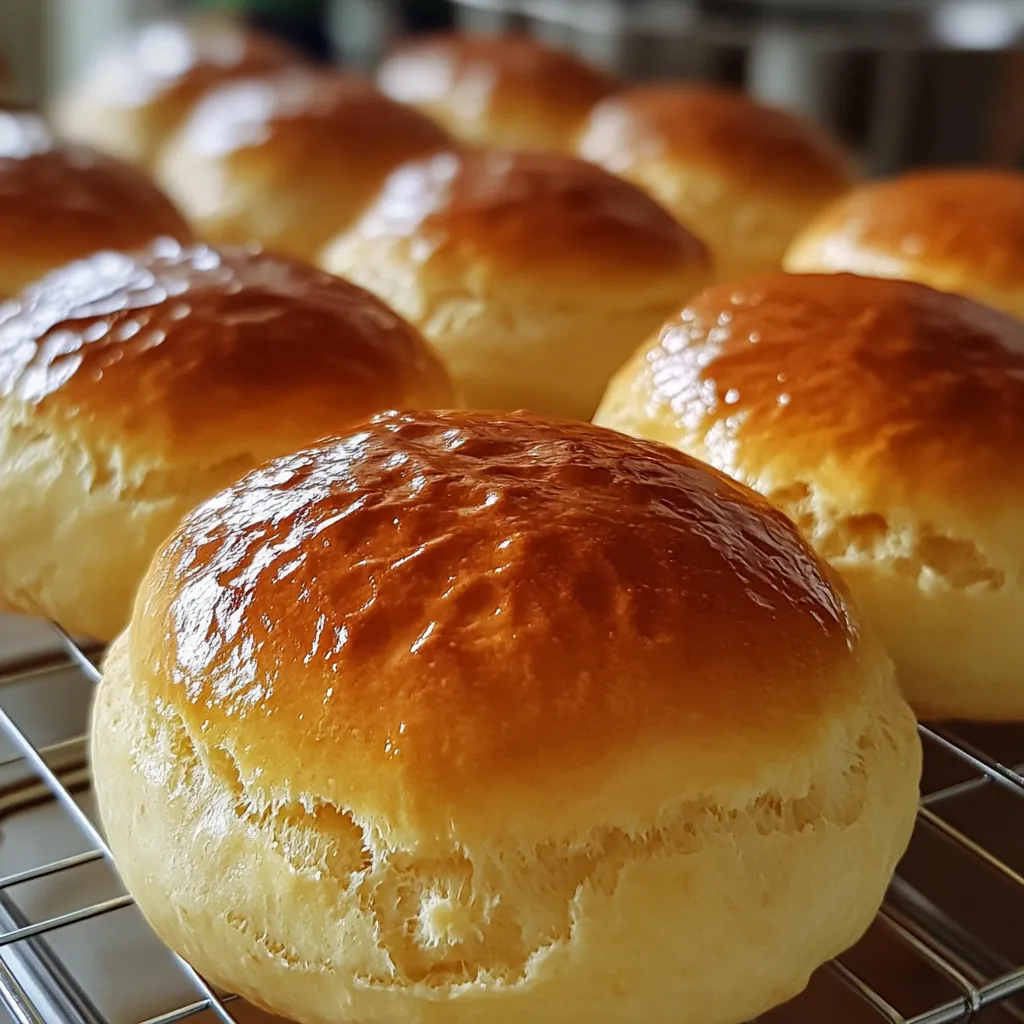
Check out our full resource on Mounjaro Diet Plan for Weight Loss here to learn how to pair these store-bought buns with a fat-burning lifestyle.
How to Choose the Best Keto Buns in Stores
When picking keto buns from a store, don’t rely solely on the label that says “keto.” Always check the nutritional facts. Focus on net carbs, which is total carbs minus fiber and sugar alcohols. Aim for buns that contain under 6 grams of net carbs per serving.
Look at the ingredient list. A good keto bun should be made with almond flour, coconut flour, eggs, and fiber sources like psyllium husk. Avoid buns that list wheat flour, dextrose, or added sugars. These can knock you out of ketosis quickly.
Also, be mindful of preservatives and artificial ingredients. The best keto buns are made with minimal, real-food ingredients. If you’re going to eat them frequently, choose ones that support long-term health and digestion.
Texture is another key factor. Some buns feel dry or too crumbly, while others hit that perfect balance between firmness and fluff. It may take a few tries to find your favorite, but many people say it’s worth the effort. You’re not just buying a product, you’re buying a solution that lets you stick with keto while enjoying real food.
Don’t miss our guide to Recipes for Himalayan Pink Salt which goes great with keto-friendly buns and dips.
Using keto buns regularly is not just convenient. It makes your keto lifestyle enjoyable, sustainable, and full of variety.
How to Make Keto Buns at Home (With Variations)
Basic Keto Bun Recipe for Beginners
If you’re ready to take full control of your ingredients and save money, learning to make keto buns at home is a smart move. Homemade keto buns are fresher, more customizable, and often more nutritious than store-bought versions. Plus, once you try baking them yourself, you’ll likely find it’s quicker and easier than expected.
Here’s a simple and reliable recipe that beginners love:
Ingredients:
- 1½ cups almond flour
- 5 tablespoons psyllium husk powder
- 2 teaspoons baking powder
- 1 teaspoon apple cider vinegar
- 3 egg whites
- 1 cup boiling water
- Pinch of salt
Instructions:
- Preheat your oven to 350°F. Line a baking sheet with parchment paper.
- Mix almond flour, psyllium husk, baking powder, and salt in a bowl.
- Add egg whites and vinegar. Mix until combined.
- Pour in boiling water gradually. Stir until the dough is thick.
- Shape the dough into 5 to 6 buns and place them on the baking sheet.
- Bake for 50 to 60 minutes until they are firm and slightly golden on top.
- Let them cool completely to set the structure.
This recipe yields buns with only 2 grams of net carbs each, perfect for keto sandwiches, breakfast buns, or even mini pizza bases.
If you’re looking for similar textures and baked items, check out these Cottage Cheese Bagels that also align with keto principles.
Flavorful Keto Bun Variations to Try
Once you’ve mastered the basic recipe, try adding ingredients to make your keto buns even more exciting. Here are a few creative twists that keep your meals fresh and satisfying:
Cheesy Garlic Buns
Add ½ cup shredded mozzarella and a teaspoon of garlic powder to the dough. These pair perfectly with low-carb soups or as a dinner roll alternative.
Everything Seasoning Buns
Before baking, brush the tops of your buns with a little egg wash and sprinkle them with everything bagel seasoning. They make great sandwich bases and have a wonderful crunch.
Herbed Italian Buns
Add dried basil, oregano, and parmesan to the dough for a Mediterranean vibe. These are perfect for meatball subs made keto-style.
Spicy Jalapeño Buns
Mix in finely chopped jalapeños and cheddar cheese. This variation gives your burgers a zesty kick and works well with grilled chicken or pulled pork.
Coconut Flour Version
For a nut-free option, use ½ cup coconut flour instead of almond flour and increase the eggs to four. Coconut flour absorbs more liquid, so the texture will be slightly denser but still keto-friendly.
Remember, with homemade keto buns, you have full control over flavor, ingredients, and nutrition. You can even meal prep them in batches and freeze extras for later. This way, you always have a low-carb option ready to go.
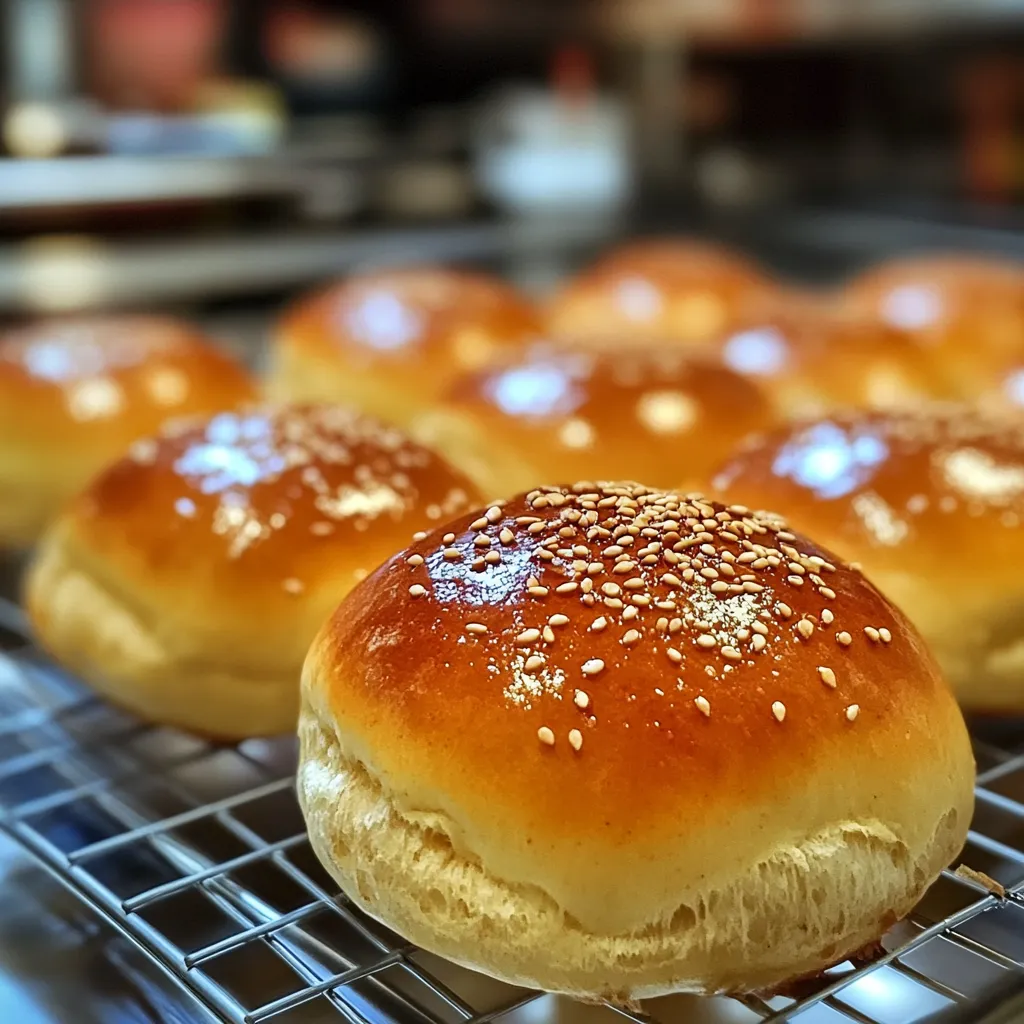
Looking for inspiration? Try pairing these buns with clean, nourishing blends like the Homemade Monjaro Recipe for a satisfying, keto-aligned meal plan.
Best Fillings and Meals to Make With Keto Buns
Keto Breakfast Sandwiches You’ll Look Forward To
When it comes to starting your day right, keto buns are an unbeatable choice for a satisfying and low-carb breakfast. Traditional breakfast sandwiches often come loaded with carbs that kick you out of ketosis before noon. By swapping in keto buns, you can keep the flavor and convenience without sacrificing your macros.
Try making a classic bacon, egg, and cheese sandwich using freshly baked or store-bought keto buns. Add a slice of avocado for extra healthy fats, or toss in some spinach for fiber. If you’re more of a sausage lover, a savory sausage patty with egg and cheddar on a keto bun makes for a hearty, energizing start to your day.
If you enjoy meal prepping, make several breakfast sandwiches ahead of time. Wrap each one in foil and freeze. Then simply reheat in the oven or air fryer and you’ve got a quick keto meal ready to go.
You can also try sweet versions. Spread almond butter and a sprinkle of cinnamon on a lightly toasted keto bun for a sweet yet sugar-free option that satisfies cravings.
These buns make breakfast not just doable but delicious. To pair with your morning meal, try sipping on something equally clean like our Homemade Monjaro Recipe, which aligns perfectly with keto mornings.
Keto Lunches and Dinners Featuring Buns
For lunch and dinner, keto buns are incredibly versatile. Build your favorite sandwiches, burgers, or even mini sliders with them. They work great for both hot and cold fillings.
Create a juicy grass-fed beef burger with lettuce, tomato, and sugar-free ketchup. Use keto buns to hold it all together while keeping the carb count low. Grilled chicken with pesto and mozzarella also makes for a flavorful and satisfying sandwich. You can even go for a tuna melt by topping a keto bun with tuna salad and cheese, then broiling until golden.
Vegetarians can enjoy egg salad, halloumi cheese, or avocado and sprouts tucked into these buns. The dense, hearty texture of keto buns means they won’t fall apart, even with moist fillings.
For a warm dinner option, try pulled pork or shredded chicken seasoned with sugar-free barbecue sauce. Serve it on a keto bun with a side of roasted veggies and you have a filling, keto-approved meal that feels like comfort food.
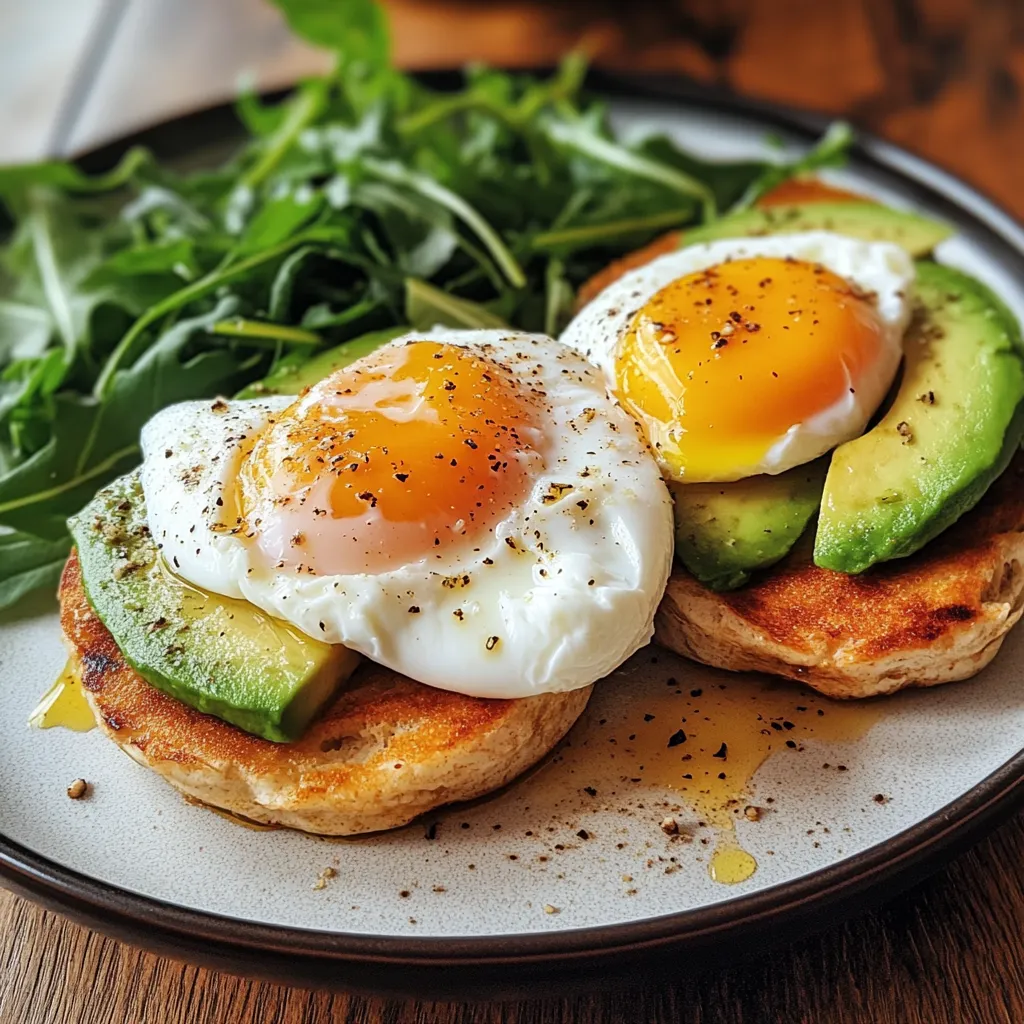
Looking for ideas to level up your keto meals even more? Don’t miss our collection of Recipes for Himalayan Pink Salt which add extra flavor and minerals to any bun-based meal.
Whether it’s breakfast, lunch, or dinner, keto buns give you a reliable, tasty way to keep your meals aligned with your dietary goals. And the variety of fillings you can use means you never have to eat the same meal twice.
Common Mistakes to Avoid When Using or Baking Keto Buns
Baking Mistakes That Can Ruin the Texture
Making keto buns at home is rewarding, but if you’re not careful, a few common baking mistakes can ruin your final product. One of the most frequent issues is using the wrong type of flour. Almond flour and coconut flour are not interchangeable. Coconut flour is highly absorbent and requires more liquid and eggs, while almond flour needs a different moisture balance. Swapping them without adjusting the recipe can lead to dry, crumbly buns.
Another problem is under-mixing or over-mixing the dough. Under-mixed dough can lead to uneven buns with clumps of dry flour, while over-mixing can make them dense and flat. Mix just until combined to maintain a fluffy interior.
Baking temperature also matters. If your oven isn’t fully preheated, the buns may not rise properly. Too hot, and the outside will brown too quickly while the inside stays raw. Always bake at a stable 350°F unless your recipe suggests otherwise.
Opening the oven too often is another mistake that causes buns to deflate. Let the buns bake undisturbed for at least 45 minutes, then check doneness by tapping them. They should sound hollow and feel firm to the touch.
If you’re looking for reliable, tested recipes, don’t miss our guide to Cottage Cheese Bagels which uses similar baking principles and keto-friendly ingredients.
Usage Errors That Can Stall Ketosis
Even if you’ve got the baking part down, using keto buns improperly can slow your keto progress. The most common error is not calculating net carbs correctly. Always subtract fiber and sugar alcohols from total carbs to get the true number. Some commercial buns labeled as “keto” still contain hidden starches or wheat flour, which can spike insulin and kick you out of ketosis.
Also, portion control matters. Just because keto buns are low in carbs doesn’t mean you can eat four in one sitting. The calories, while coming from healthy fats, can still add up quickly and affect your overall deficit.
Pairing keto buns with high-carb sauces, sugary condiments, or breaded fillings defeats their purpose. Always opt for clean fillings like avocado, grilled meats, leafy greens, and sugar-free spreads.
Over-toasting or microwaving keto buns can also affect texture and taste. Many keto breads use cheese or egg-based ingredients that don’t react well to high heat. If you’re reheating, do it gently in the oven or air fryer for the best result.
Another common mistake is not storing them correctly. Homemade keto buns should be stored in an airtight container in the fridge and consumed within 4 to 5 days. You can also freeze them to keep on hand, making it easier to stick to your goals throughout the week.
For those interested in pairing keto buns with other low-carb lifestyle changes, check out the Salt Trick Ingredients guide. It offers simple but effective tips for boosting your keto routine.
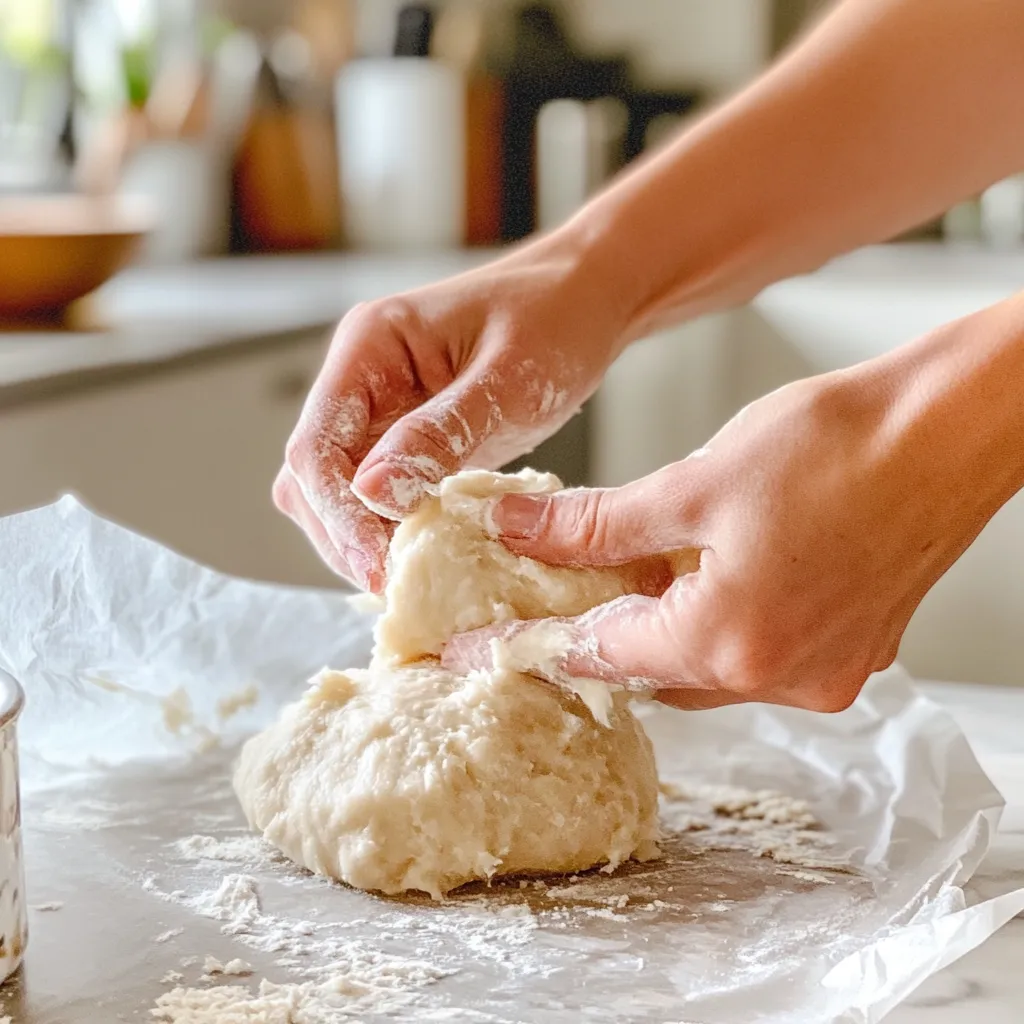
Being mindful of how you use and store keto buns ensures you get the best results without accidentally sabotaging your diet. A little attention to detail goes a long way.
Conclusion and Final Thoughts on Keto Buns
Keto buns are one of the most useful and flexible foods in a low-carb lifestyle. Whether you’re following a strict ketogenic diet or just looking to reduce refined carbs, swapping traditional bread for keto buns helps you stay on track without giving up the meals you love.
These buns offer more than just a low-carb solution. They provide fiber, healthy fats, and protein, all of which keep you full, satisfied, and focused. From breakfast sandwiches to juicy burgers and even sweet spreads, keto buns make every meal feel complete while supporting your goals.
If you haven’t tried keto buns yet, now is the time. Keep a batch ready in your kitchen, experiment with new fillings, and use them as your go-to for fast, nourishing meals. And if you want more delicious ideas, don’t miss our take on Cottage Cheese Bagels or our Homemade Monjaro Recipe to complement your keto meals.
Keto buns are not just a substitute. They are a smarter, healthier, and more satisfying way to enjoy food without compromise.
follow us on facebook and pinterest.
FAQs About Keto Buns (Quick Answers)
Are keto buns actually healthy?
Yes, keto buns are healthy when made with clean, low-carb ingredients like almond flour, psyllium husk, and eggs. They offer healthy fats, fiber, and protein, which help support stable energy and blood sugar. Avoid overly processed versions with hidden starches for best results.
What are keto buns made of?
Most keto buns are made with almond flour, coconut flour, psyllium husk, eggs, and baking powder. Some include cheese or vinegar to enhance texture. These ingredients keep carbs low and are often gluten-free.
What’s the difference between keto buns and regular buns?
Keto buns have 2 to 5 grams of net carbs, while regular buns contain 25 to 35 grams. They’re also higher in fat and fiber, keeping you full longer and supporting ketosis. Regular buns spike blood sugar and lack the nutrients found in keto versions.
Does Costco sell keto buns?
Yes, Costco sells keto buns, like Natural Ovens Bakery brand. They’re low in carbs, soft in texture, and ideal for meal prep. Always check the label to confirm the net carbs and avoid hidden sugars.
These fast answers help you make smart choices with keto buns, whether you’re baking or buying.

